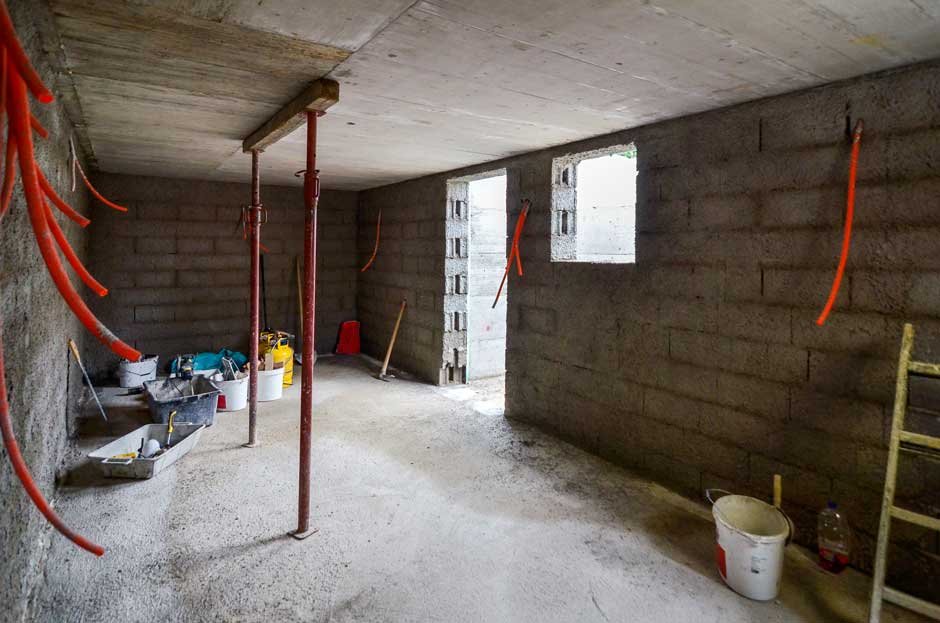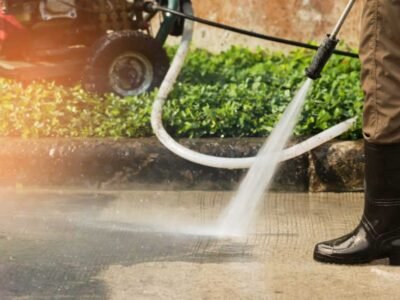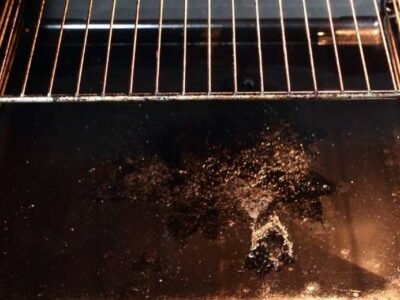There’s a high chance you’ll experience water-related issues in your basement at least once in your lifetime. For this reason, most homeowners are now waterproofing their basements to avoid this water-related damage.
However, basement waterproofing is easier said than done. You’re bound to make a mistake, especially if it’s your first time. It’d be best to avoid the following errors when waterproofing your basement, increasing its effectiveness.
1. Undertaking The Project By Yourself
Over the years, many individuals have chosen to take on the task of waterproofing by themselves, in an effort to save money. However, it is important to understand that without the necessary skills and tools, this can be a dangerous endeavor, potentially putting you and your workforce at risk. Therefore, it is best to leave this job to the professionals who have the experience and resources to do it safely and effectively.
You can learn more here about why you should enlist the services from a reputable provider. A reputable service provider is more likely to have the necessary tools and enough experience to guarantee quality results. It’s important, however, to ensure you conduct enough background checks to gauge whether the service provider can meet your needs and expectations. Additionally, the provider should be certified to provide the services; hence, you’ll be compliant with building codes in your locality.
2. Emptying Flooded Basements Too Fast
If there’s water in your basement, you’re probably concerned with one thing only—getting the water out. Although it’s a natural reaction, it can cause extensive damage.
If the water is due to a storm or a collapsed water body, it’s probably linked to high pressure too. Hence, if you try to drain the basement too quickly, the water around it will try to fill the now-empty space with pressure. This may cause more damage to your basement, and you’ll have a flooded basement all over again. For this reason, choose a slow but effective water drain method, saving you from costly basement repairs.
Once you drain your basement, it’s crucial to allow it to dry. Most homeowners may be itching to waterproof the basement after draining the water. After all, you want to prevent the issue from happening again.
However, ensuring the basement is completely dry before waterproofing it is vital. This makes it easier for you to check the entire basement for further damage such as leaks.

3. Not Paying Attention To Runoff Locations
You might notice that some areas of your basement are constantly inundated. Hence, it’s essential to check outside your home for dripping pipes or downspouts.
One of the most common runoff locations is your roof. If you don’t have an adequate drainage system, the water may drain from the roof and find its way to the basement of your home. Poorly installed windows may also allow water inside your basement, compromising its integrity.
To prevent this, inspect your roof and windows regularly for any signs of potential runoff and install the necessary measures, such as effective drainage systems, to ensure that your basement remains dry and secure.
4. Relying Heavily On Paint
Homeowners have been using paint to waterproof their basements for many years. It’s one of the most effective and easy methods of waterproofing a basement. Applying waterproof paint directly to the wall will block moisture, saving it from water-related damage.
Despite the benefits, it’s important to avoid relying heavily on paint. Additionally, it’s crucial to ensure you get a standard paint to waterproof your basement, saving you from doing similar processes in the future.
The types of paint you can use in your basement include:
Epoxy Paint – This type of paint is water-resistant and is commonly used on garages or basements. It’s mixed with epoxy, a resin that helps the paint harden faster once it’s put on a wall. There are several brands you can choose to get epoxy paint from. The price card will vary depending on several factors including quality. Ensure you check more than one brand to understand your locality’s average epoxy paint cost.
Acrolein Elasticized Paint – This type of paint is used to prevent mildew and mold growth due to moisture. The advantages of using acrolein elasticized paint for waterproofing are that it’s relatively inexpensive, is easy to apply, and provides a good level of protection against water damage. It’s also flexible and can be applied to a variety of surfaces.
Although paint is a convenient way to waterproof your basement, combining it with other waterproofing methods to improve its effectiveness is essential. This is especially true if your basement has other issues, such as cracks.
Bottom Line
Addressing basement issues isn’t an easy task, especially for new homeowners. To ensure that you waterproof your basement correctly, it’s essential to research and be aware of the common mistakes to avoid. Make sure to read up on the best waterproofing techniques and materials, and consult with a professional if you’re unsure.
















Comments